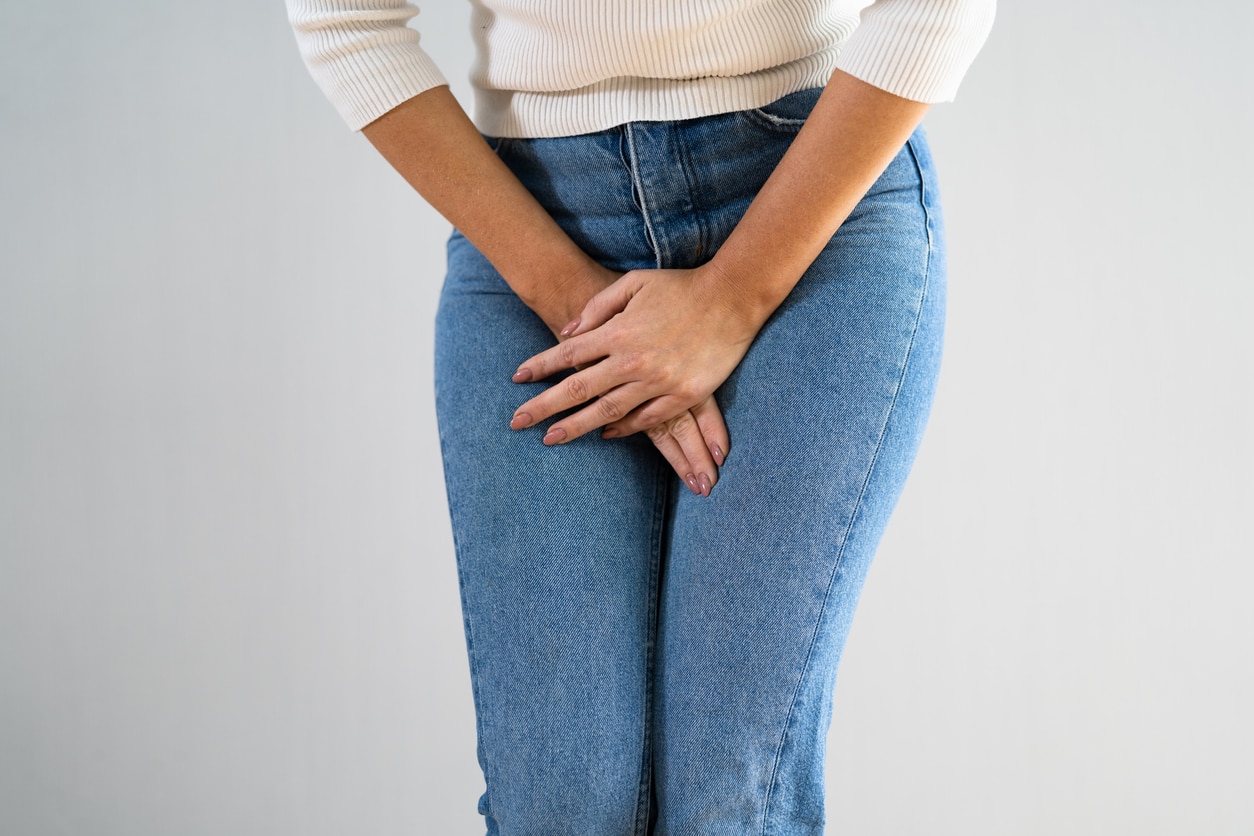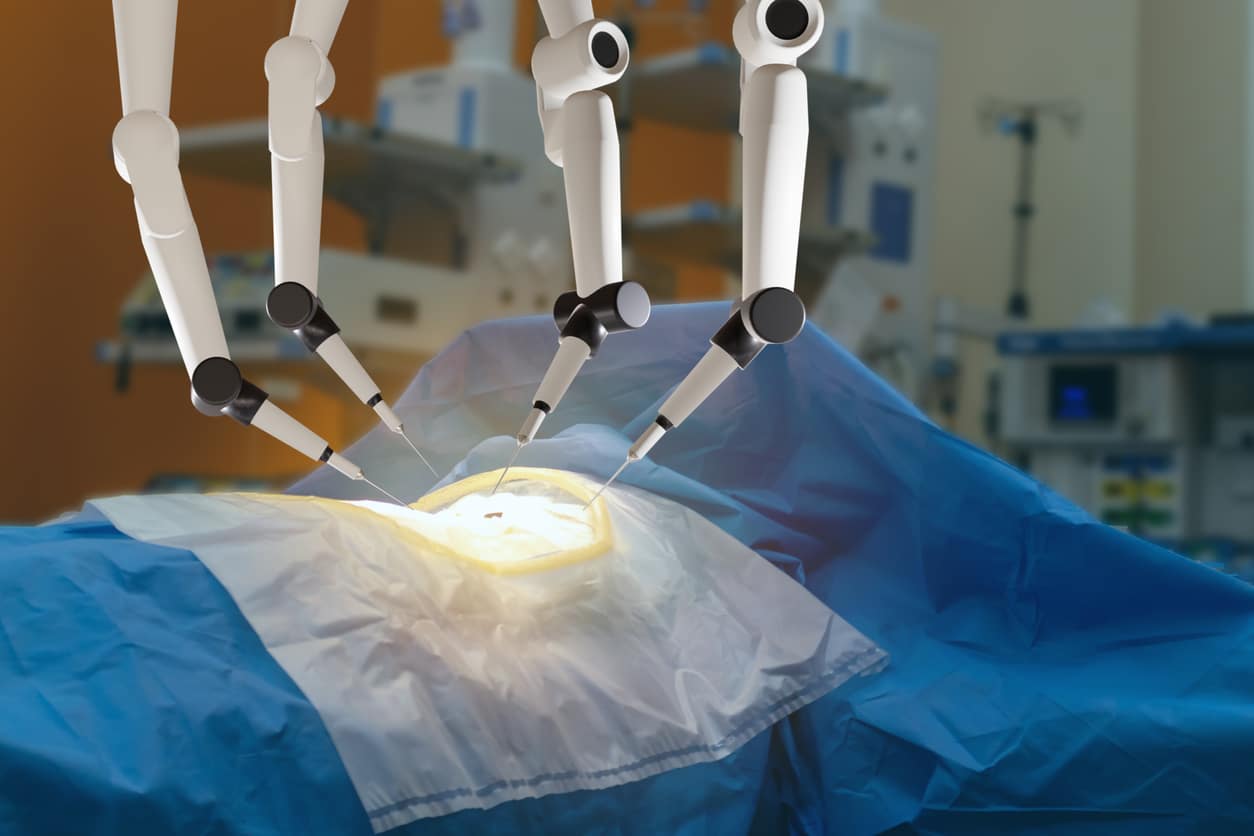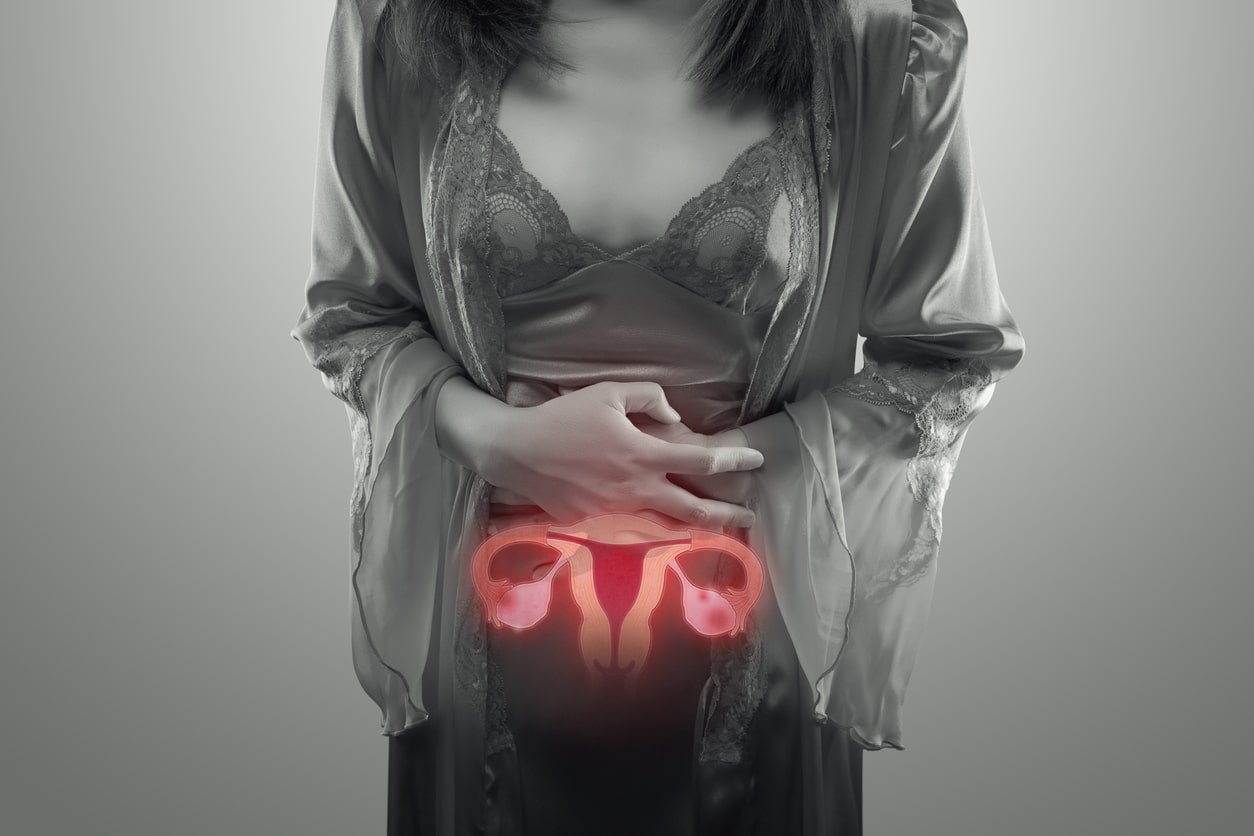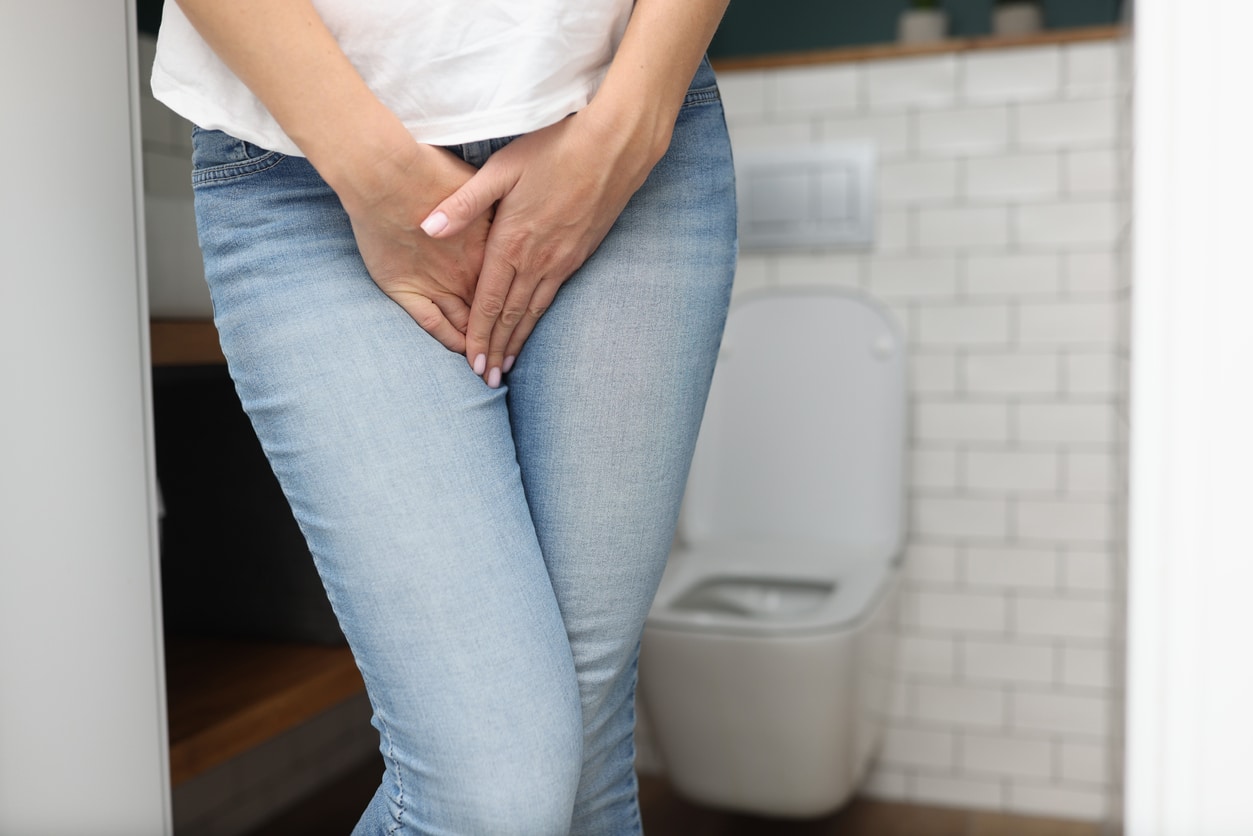An alternative to traditional surgery, a robotic hysterectomy is a cutting-edge technology utilizing the aid…

Types of Urinary Incontinence: A Comprehensive Guide
Urinary incontinence is a common condition that affects millions of people worldwide. It refers to the involuntary leakage of urine, which can be embarrassing and disruptive to daily life. There are several types of urinary incontinence, each with its own causes and symptoms.
Understanding these different types is crucial in order to seek appropriate treatment and management strategies. In this blog the experts at The Endometriosis Treatment Center of America will cover the types of urinary incontinence, their causes and treatments.
Stress Incontinence
Stress incontinence is the most common type of urinary incontinence, particularly among women. If there’s stress or pressure on the bladder, urine leakage can occur. This can happen during activities such as laughing, coughing, sneezing, or exercising. The main cause of stress incontinence is weakened pelvic floor muscles, which can result from pregnancy, childbirth, or aging.
Treatment for stress incontinence can include pelvic floor exercises, known as Kegel exercises, to strengthen the muscles that support the bladder. Additionally, lifestyle changes such as maintaining a healthy weight and avoiding bladder irritants like caffeine and alcohol can help manage symptoms. In some cases, surgical intervention may be necessary to correct the underlying issue causing stress incontinence.
Urge Incontinence
Urge incontinence, also known as overactive bladder, is characterized by a sudden and intense urge to urinate, followed by an involuntary loss of urine. It can be caused by various factors such as bladder muscle spasms, nerve damage, or urinary tract infections. People with urge incontinence may experience urinary frequency, waking up multiple times during the night to urinate, and an inability to hold urine when the urge arises.
Overflow Incontinence
Overflow incontinence occurs when the bladder doesn’t completely empty during urination, leading to frequent or constant dribbling of urine. This condition is often caused by an obstruction or blockage in the urinary tract, which prevents the bladder from fully emptying. It can also result from weak bladder muscles or nerve damage.
Management of overflow incontinence typically involves addressing the underlying cause. This may include removing the obstruction, or using catheterization to empty the bladder. In some cases, medication or surgery may be necessary to improve bladder function and reduce urine leakage.
Mixed Incontinence
Mixed incontinence refers to a combination of different types of urinary incontinence, such as stress and urge incontinence. It is a common condition, particularly among older adults. People with mixed incontinence experience symptoms from both stress and urge incontinence, such as leakage during physical activity as well as a frequent urge to urinate.
Treatment for mixed incontinence is tailored to address both types of incontinence present. This may involve a combination of lifestyle modifications, bladder training techniques, medication, and surgical interventions, depending on the severity and underlying causes.
Reflex Incontinence
Reflex incontinence is a less common type of urinary incontinence that occurs when there is a lack of sensation or awareness of the need to urinate. People with reflex incontinence may experience urine leakage without feeling the urge to urinate or having control over the process. This condition is often caused by spinal cord injuries or neurological disorders that affect the nerves controlling the bladder.
Reflex incontinence treatment focuses on addressing the underlying neurological condition. This may involve medications to relax the bladder muscles, intermittent catheterization to empty the bladder, or surgical procedures to improve bladder function.
When to See a Specialist For Urinary Incontinence
If you are experiencing any form of urinary incontinence, it is important to consult with a healthcare professional, such as a urologist or a gynecologist. They can evaluate your symptoms, perform necessary tests, and provide a diagnosis. Seeking medical attention is especially crucial if your symptoms are significantly impacting your quality of life or if you are experiencing pain or discomfort.
Don’t be embarrassed or ashamed of your condition, even if you feel that it’s an uncomfortable topic. By seeking timely medical advice, you can receive the appropriate treatment and management strategies tailored to your specific type of urinary incontinence. Remember, you don’t have to suffer in silence, and there are effective options available to help you regain control of your bladder.
Endometriosis Treatment Center of America: Experts in Urinary Incontinence
If you are seeking expert treatment for urinary incontinence, look no further than the Endometriosis Treatment Center of America. Our experienced team of specialists is dedicated to providing comprehensive care for individuals dealing with urinary incontinence. We offer state-of-the-art diagnostic techniques and a range of treatment options to effectively manage this condition. We want to help you in finding relief from your urinary incontinence and we’re here to support you every step of the way!
Get Effective Urinary Incontinence Treatment with the Endometriosis Treatment Center of America
Don’t let urinary incontinence hold you back from living a fulfilling life. Contact the Endometriosis Treatment Center of America today and schedule a consultation with one of our experts. Together, we will develop a personalized treatment plan to address your unique needs and help you regain control over your bladder.



